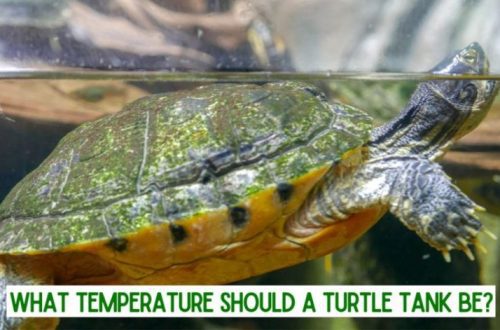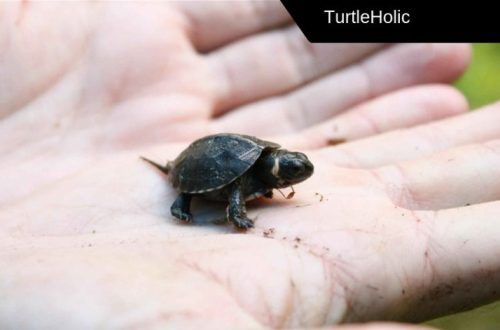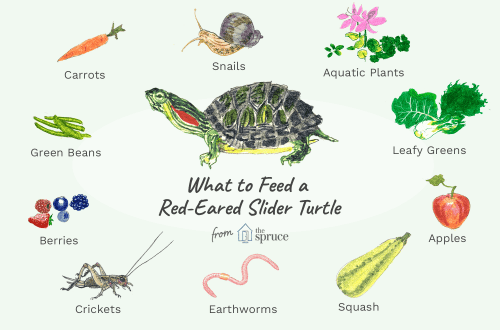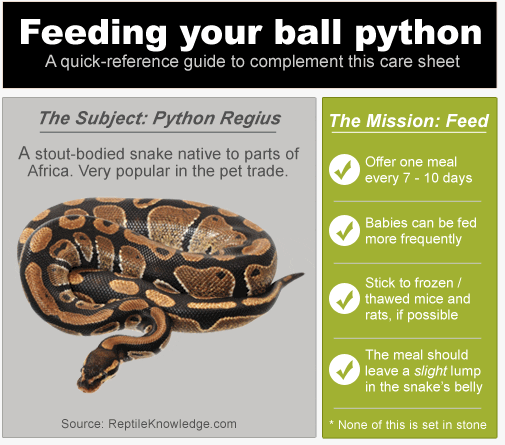
सांप को खाना खिलाने के बारे में सब कुछ: कैसे? कैसे? कितनी बार?
Keeping snakes at home is a fairly simple task. However, there are a number of nuances that you need to know in order for your pet to live a long and healthy life. One of the most important aspects of maintenance is feeding. How to feed? What to feed? How often? How not to bring the snake to obesity? Let’s figure it out!
This text will be useful to both owners of snakes and people who are just preparing to become one.
विषय-सूची
What to feed the snake?
Snakes are predatory animals. In nature, they hunt rodents, birds, frogs, lizards, sometimes invertebrates and other animals. In general, what they can catch is food.
At home, the most common prey item (FO) for most snakes is rodents. In this article, we do not touch on species whose diet consists of fish, frogs, lizards, and other KOs.
Mice, mastomys, rats, rabbits, quails, chickens are considered good food items. This food contains in the right proportions all the necessary nutrients.
The size of the object is chosen according to the size of the snake – the thickest part of the food should approximately coincide with the thickest part of the snake. Sometimes another landmark is also used – the head of the KO is approximately the same size as the head of the snake.
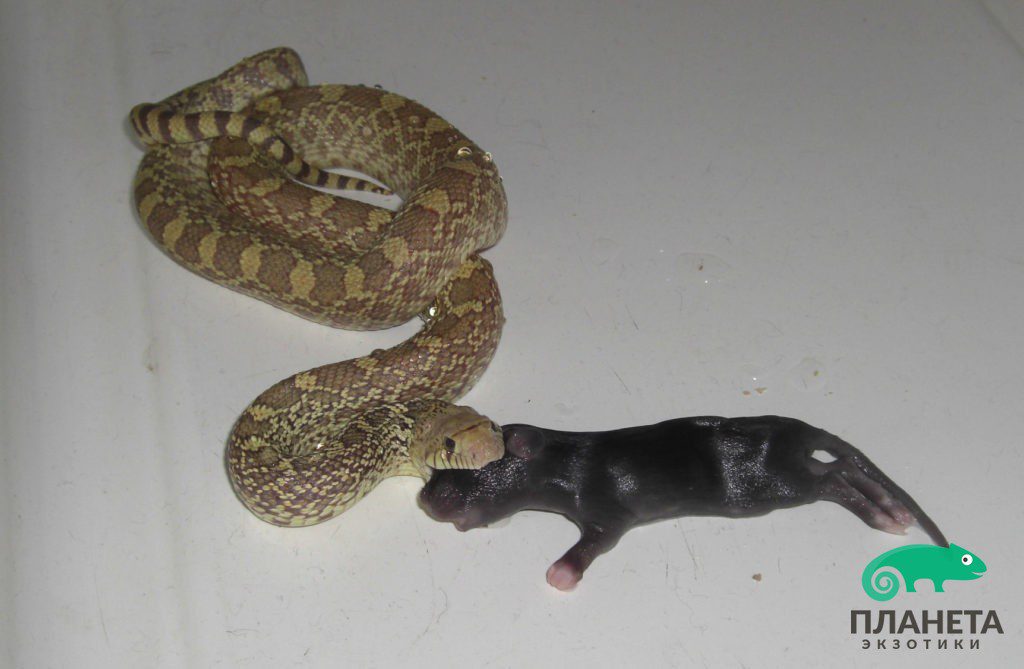
This list does not include hamsters. And there are two reasons for that:
- This is a rather fatty food and if you give it on an ongoing basis, the snake will quickly become obese;
- Hamsters are considered a delicacy for snakes, and if you treat them to a snake, it may stop eating other food.
However, a hamster can be offered in cases where the snake has flatly refused to eat for several months. The hamster may resume interest in food. Although if this is not a royal python and the appetite has suddenly and for a long time hit, it may be worth contacting a herpetologist.
RULE #1. The snake needs to be given a whole food object!
This means that chicken legs, meat and other dismemberment do not need to be fed! Why? Yes, because from simple meat a snake does not receive all those nutrients that are contained in a whole animal – in its organs, skeleton, skin and even wool.
Quails and chickens appear on the list of good KOs – it is useful to dilute the snake’s diet with them. Birds have a slightly different composition of nutrients, their meat is more dietary, and feathers clean the walls of the stomach well. I try to feed my snakes every 3-4 feedings. If it’s a day old chick, I squeeze out the yolk because it’s not digestible in the snake’s body.
How often to feed the snake?
This is a very important question, since it is the frequency of feeding that will help to avoid snake obesity. Obesity is a terrible and, unfortunately, a very common disease in domestic snakes that cannot be cured. And his reason is simple:
“Oh, he looks like that! He has such hungry eyes, he ate another mouse with such pleasure!” – Do you recognize yourself? If yes, then urgently turn off the grandmother syndrome – by doing this you make the snake worse.
RULE #2. It is better for a snake to underfeed than to overfeed!
Already-shaped snakes (maize and rat snakes, milk and royal snakes, etc.) under the age of 1-1,5 years are fed about 1 time per week. The most frequent is once every 6 days, but less often is better. If you feed not after 6, but after 8-9 days, nothing will happen. Exceptions include pig-nosed snakes – their metabolism is slightly faster than other popular snakes.
Starting from 2 years, the intervals between feedings can be increased up to 8-10 days. The size of the KO also affects here – the larger it is, the larger the gap.
After 3-4 years, the growth of most already-shaped slows down greatly and they can be fed every 12-14 days. I feed my adult female corn snakes once every 2 weeks, and the males once every three weeks – this helps them keep fit and maintain active sexual behavior. Look, are they skinny?
With pythons and boas, a slightly different story – their metabolism is slower than that of snakes, and therefore they need to be fed less often.
False-legged snakes up to 1 year old can be offered food once a week, by two years the interval is increased to 10-12 days, and by 4 years you can feed every 2,5-3 weeks. I feed an adult male imperial boa constrictor once a month with an adult rat or quail and there is not a drop of fat in it – all the muscles are solid, and a clear rectangle is visible in the cross section.
Unfortunately, among adult boas, snakes that are round in cross section with visible folds are often found – they are clearly overfed. Here is an example of an overfed boa constrictor. This is not a running case, but I would put him on a diet:
COMMENT! All of the above information is for guidance only! It is up to you to figure out how often to feed your particular snake based on the size of the KO, the size of the snake, its mobility and appearance (see the section “How to tell if a snake is fat?”).
Yes, with slow feeding, your pet will grow a little longer, but what is more important to you? Growth rate or body condition?
While reading some article about feeding snakes (I don’t remember where exactly now), I came across an interesting idea that every feeding should be conscious. The snake should be given exactly as much food as it needs. Let’s explain:
- About mindfulness: In some cases, the snake can be fed a little. For example, when you are preparing a female for breeding, or when the snake has lost weight after an illness, or the previous owner brought her to exhaustion.
- About “Just as much as you need”: this does not mean that the snake needs to be starved. Look on the Internet for what your kind of snake looks like in nature – this is the state it is used to, strive for it.
The question arises, “Do snakes in nature eat so rarely?”. It’s hard to give a definitive answer here.
- First, snakes in nature eat irregularly. No one throws them food on a schedule like in a terrarium. They can eat three times a week, or they can starve for months – that’s how lucky they are. They are ready for hunger strikes.
- Secondly, a snake in a terrarium does not need as much energy as a snake in the wild. In nature, she is constantly on the move – in search of food, in search of shelter, in defense against predators. In a terrarium, energy consumption is minimal and all unspent potential energy goes into fat.
RULE #3. Do not feed the snake during the molting season!
Molting is stressful for the snake’s body, as is digestion. Do not load your pet with these two processes at once. If you see that the snake’s eyes are cloudy, skip feeding and give food 2-3 days after shedding the skin.
Luckily, many snakes don’t eat when they’re molting.
RULE-RECOMMENDATION No. 4. Skip every 4th feeding!
Arrange fasting days for your pet – this is good for her body. Skipping a week of feeding is like skipping a meal for your snake.
It seems that they figured out the frequency of feeding. Let’s move on to the next point.
How to feed a snake?
You can feed in different ways: live, defrosted, with tweezers, just put it on aggression (option for non-eating), etc.
RULE #5. Make sure that the KO is completely defrosted, feel the belly – it should not be cold!
You need to defrost in cold or warm water until completely defrosted (KO should be soft and bend in any direction). You can also defrost in air at room temperature, but this is a long process. The main thing is that the KO is defrosted inside.
RULE #6. Don’t hand feed the snake!
P.S. We advise you not to repeat this yourself. The specific snake in the photo eats only with outside help. This is an exception to the rule!
You can offer a mouse with tweezers or simply put it in a terrarium in a prominent place. You should not give food from your hand – the snake may miss and grab your hand or begin to associate it with food. If you are feeding a large snake, it is better to use a long forceps – a large rat can be difficult to hold with tweezers.
When feeding live mice and rats, make sure the KO does not harm the snake. This applies to rodents that have already opened their eyes. You know, in the fight for life, a rat or mouse can be very aggressive.
RULE #7. Do not disturb the snake after feeding for several days!
The hunting instinct can persist in snakes for quite some time. My carpet pythons, even on the third day after feeding, can rush to the opening door of the terrarium.
How to understand that the snake is fat?
Here are some signs that a snake is overweight:
- A sharp transition from the trunk to the tail is visible;
- The folds are visible, the skin seems to have stretched in places, and the second part of the body looks like an “accordion”. This is a clear sign of obesity, and running.
- The snake is flabby, in addition to hard muscles, it has soft sides even in the tense state of the animal.
If these signs are familiar to you, it’s time to put your snake on a diet. This does not mean that the snake needs to stop feeding – just increase the intervals between feedings and give food one and a half times smaller. Refer to dietary meat – chickens, quails.
In contrast, we can say that the snake should not be too thin. If the animal has a protruding spine (unless this is a feature of a particular species), or the ribs are well palpable, or the skin twists on the sides, and the pictures on the Internet do not look like your pet at all, it is worth feeding a little more.
RULE #8 Reduce or increase the amount and size of feed should be GRADUALLY over several meals.
So our manual on the rules of feeding snakes has come to an end. Although it looks big, there is nothing complicated. However, these rules can significantly extend the life of your pet!
P.S. Some photos are taken from the Internet for informational purposes only.



